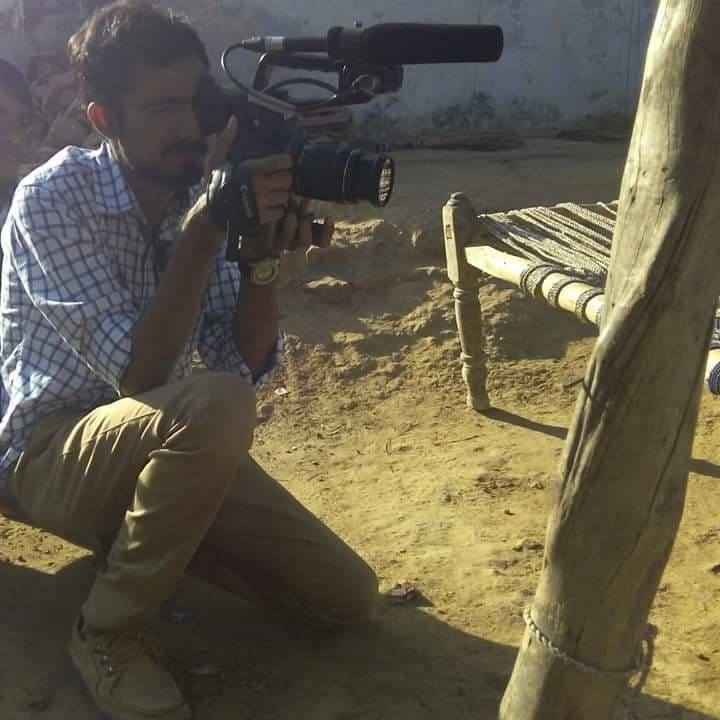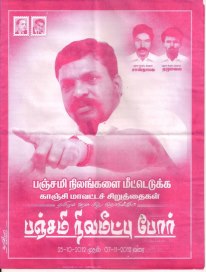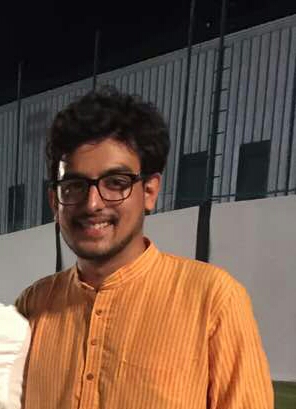Pratik Parmar
An abridged version of this interview, conducted by Kanika Katyal through Whatsapp (my preferred medium, so the exchange would be documented in a written form), was first published in INDIANCULTURALFORUM.IN. It was about my participation in the First Indigenous Film Festival, Bhubaneswar. I was asked several questions but in the published piece I was quoted partially and my many of the views (which I personally think should go out in public) were omitted (reasons being unknown). Here I am sharing the full set of questions and my answers as they were exchanged.

Kanika Katyal: What is the name of the film you’re screening? Have you showed it at another film festival before?
Pratik Parmar: We are actually screening three films in the fest.
1. Project Heartland
2. Jal, Jungle, zameen (working title)
3. Trailblazers
Project Heartland captures the anti-caste struggle in Gujarat. It is a compilation of 5 different episodes out of which two deal with the issue of land (including illegal land grabbing by upper castes)
Jal, Jungle, Zameen
A socio-political feature length documentary which tries to look into the current situation of Adivasis of Gujarat and their resistance against illegal land grabbing and displacement caused by dams and industrial corridor. This film also covers the infamous history of the Mangadh massacre in which 1507 Adivasis were killed in 1913 while revolting against the British empire. This massacre is supposed to be more grotesque than the Jallianwala Bagh massacre but historians have not done justice to this history, of one of the most important anti-colonial revolts by Adivasis. The film also talks about the new emerging political forces like Bhilisthan Tiger Sena and Bhartiya Tribal Party that are going to be the alternatives against the traditional brahminical BJP and Congress.
Trailblazers
Trailblazers is a short documentary film about a village in Gujarat where the Valmiki community has refused to do the caste imposed work of manual scavenging and is now involved in handicrafts. The film tries to explore how giving up caste imposed traditional occupations makes a difference to the situation of dalits in a caste society.
As mentioned above PH and JJZ deals with issue of lands of Dalits and Adivasis of Gujarat directly or indirectly.
We have screened Project Heartland earlier at Magdeburg University, Germany. It was also screened at Germany last year as a part of Dalit history month. In India it was screened at Tissue/Mumbai, AUD/Delhi, Miranda House/Delhi, Conflictorium/Ahmedabad, Clark house/Mumbai, Unexpurgated film festival/Bhuwaneshwar.

Kanika: You’re from Gujarat, and the festival is about land right issues with Odisha at the centre, so how do you think the issues in your films connect with the indigenous festival.
Pratik: As mentioned above, Project Heartland and Jal, Jungle, Zameen deal with the issue of land of Dalits and Adivasis of Gujarat directly/indirectly. Plus, if you read Dr.Ambedkar’s Who were the Untouchables, one of the theses he presents is that the Untouchables are an autochthonous people of India, so that way, screening the films mentioned above at the indigenous film fest would serve the purpose of building a broader common identity of the oppressed people of India and creating a genuine solidarity network.
Kanika: Have you submitted your films to some mainstream film festivals also?
Pratik: No. Also we are screening JJZ and Trailblazers for the first time. I mean it’s a kind of a premiere.
Kanika: I’m trying to understand if activist films face some resistance at mainstream film festivals. Would you agree? Have you faced that?
Pratik: I haven’t actually tried to send Project Heartland to any film festival. I did send my first documentary ‘No more Now’ to some film fests and it got selected/nominated and also won the 2nd prize at one of the fests.
I don’t have any experience of sending my films to Indian mainstream fests like MAMI.
Also, How do you distinguish an activist film and a non-activist film? Would you call Godard’s first four films activist films?
(This is not a question to you but a general question.)

Kanika: Could you reflect on the role of the camera as a vehicle for protest? And what is the mode of your filmmaking, the process? How collaborative is the process? How do you ensure a sensitive, ethical gaze?
How co-related are art and activism, for you? And how crucial in today’s political climate
Pratik: I will answer the second question first, which is about the particular gaze. Personally I don’t think I have to consciously try for any specific kind of gaze considering the fact that the stories I tell through my films are my lived realities, or the lived realities of my parents, grand parents or of my ancestors. I have been hearing these stories from my childhood, with the privilege of a camera I give them a particular form and shape; storytelling has been a part of Dalit bahujan culture. Earlier it was through oral narratives as all the resources were in the hold of upper castes of the country, including the access to the basic education. Through my filmmaking I am reclaiming these resources, reclaiming the particular space and art form and the next step shall be the re-orientation of the same.
The Indian republic has been formed on the basis of caste(s), and caste system. The caste system as we know is the most oppressive system in the world which still exists in India. I went through the phase where I was watching a lot of cinema, reading lots of literature from all over the world, including the anti-caste literature produced here in India. In Indian cinema, I came across many films in which they had Dalit characters represented in a very patronizing way, or as sanskiritized, or as seeking integration in Hinduism but not emancipation out of it. We have seen various phases: from ‘No representation’, ‘Misrepresentation’ to ‘Representation’. But the upper caste filmmakers have conveniently ignored the narratives where the Dalits are completely rejecting oppression and want to overthrow the structure of the caste system and seek emancipation out of it. I personally think my cinema or many of the anti-caste films of current time belongs there. A next step after the ‘representation’ I guess.
About the co-relation of Art and Politics:
My politics, to be very specific is anti-caste. In India, there is no film which is casteless, the moment the writer puts his pen on the paper and gives a surname to the character, it signifies certain kind of politics. As example: in Dibakar Banerjee’s Shanghai we have a Tam-brahm character Krishnan who saves the nation, who has been very proudly shown wearing a Janeu in one of the shots. At the same time we have Nagraj Manjule’s film Fandry where a Dalit character Jabya would throw a stone at the caste system with the intention of overthrowing it.
In that way every film (I am talking about the art form I practice) is political. Some side with the oppressors and the oppressive system and some stand against them. In an individual sense, my politics does not only challenge the caste system, brahminism, the upper caste hegemony but through it I also find my emancipation. In the way that my grandparents had knives and axes in their hands for doing the caste imposed job of skinning dead animals whereas I have a camera/pen in my hand(s), telling the stories and narratives which were ignored for centuries. And at the same time resisting the appropriation of our lived realities and the co-opting of our stories/narratives. In this sense, I consider my politics a part of indigenous knowledge production, which is an integral part of Dr. Ambedkar’s vision of Annihilation of Caste.
~~~
Pratik Parmar is a filmmaker who comes from a Gujarati Dalit family.










